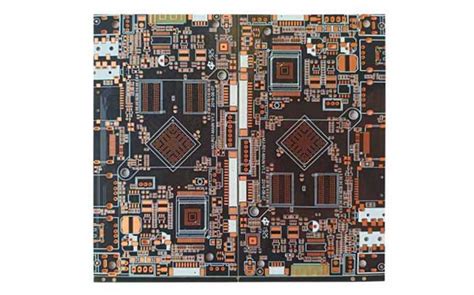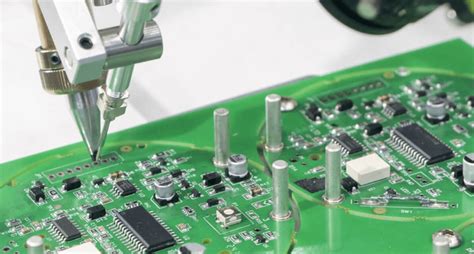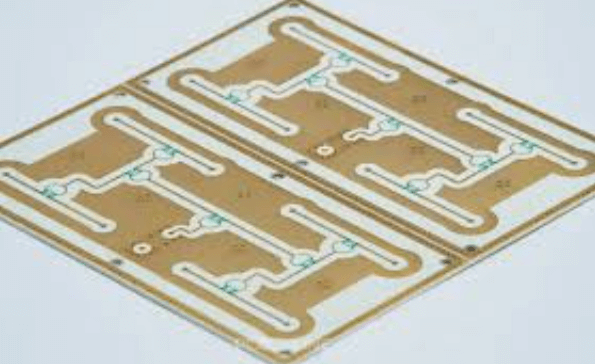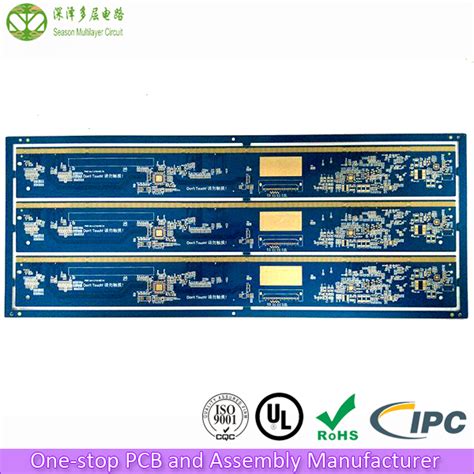Why Should Power Planes Be Shrunk Relative to Ground Planes in PCB Design?
Abstract
In printed circuit board (PCB) design, the power integrity and electromagnetic compatibility (EMC) are critical factors that influence the performance and reliability of electronic systems. One common design practice is to shrink (or “pull back”) the power plane relative to the ground plane, a technique known as “power plane indentation” or “20-H rule.” This article explores the reasons behind this practice, its impact on signal integrity, power delivery, and EMI reduction, and provides guidelines for effective implementation.
1. Introduction
Modern high-speed PCBs often employ multilayer stackups with dedicated power and ground planes to ensure stable power distribution and minimize noise. However, simply extending power planes to the edges of the ground plane can lead to electromagnetic interference (EMI) and coupling issues. To mitigate these problems, designers often shrink the power plane relative to the ground plane. This article examines the underlying principles and benefits of this technique.
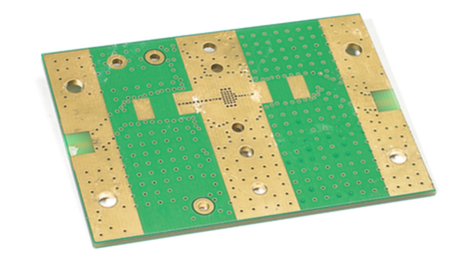
2. The Concept of Power Plane Shrinking
Power plane shrinking refers to the practice of making the power plane smaller than the ground plane by a certain margin (typically 20 to 40 times the dielectric thickness between them). This technique is based on the 20-H rule, which suggests that the power plane should be recessed by a distance equal to 20 times the dielectric thickness (H) between the power and ground planes.
2.1 The 20-H Rule
The 20-H rule was introduced to minimize fringing fields at the edges of power planes, which can radiate EMI. The principle states that:
- If the power plane is indented by 20 × H, the radiated emissions at the board edges are reduced by approximately 70%.
- Further shrinking (e.g., 40-H) can provide additional suppression but with diminishing returns.
3. Reasons for Shrinking Power Planes Relative to Ground Planes
3.1 Reduction of Edge Radiation and EMI
When a power plane extends to the same edges as the ground plane, fringing electric fields can escape, leading to unwanted radiation. By shrinking the power plane:
- The fringing fields are contained within the ground plane, reducing EMI.
- The ground plane acts as a shield, preventing high-frequency noise from escaping.
3.2 Minimizing Crosstalk and Coupling
If power and ground planes overlap near the edges, high-speed signals routed near the board periphery can couple noise into the power delivery network (PDN). Indenting the power plane:
- Reduces parasitic capacitance between power and adjacent signal layers.
- Lowers the risk of crosstalk between power and high-speed traces.
3.3 Improving Power Integrity
A well-designed power-ground plane structure ensures low impedance for high-frequency return currents. Shrinking the power plane:
- Enhances the decoupling effect between power and ground.
- Reduces ground bounce and voltage fluctuations.
3.4 Avoiding Manufacturing Tolerances
PCB fabrication involves slight misalignments between layers. If the power plane is too close to the edge:
- Etching tolerances may expose copper, leading to short circuits.
- Shrinking the power plane ensures no unintended exposure during manufacturing.
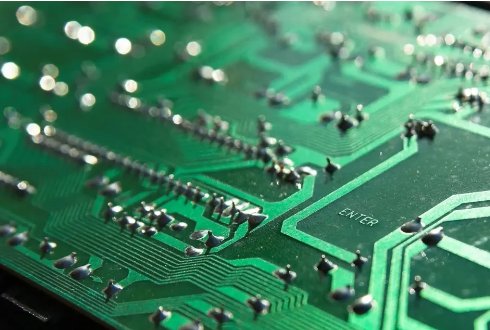
4. Practical Implementation Guidelines
4.1 Determining the Shrinkage Distance
- Standard approach: Use 20 × H, where H is the dielectric thickness between power and ground.
- For high-frequency designs: Some designers use 40-H for better EMI suppression.
- Flexible PCBs: May require adjustments due to thinner dielectrics.
4.2 Layer Stackup Considerations
- Place ground planes adjacent to power planes for optimal shielding.
- Ensure sufficient dielectric spacing to avoid excessive capacitance.
4.3 Avoiding Over-Shrinking
- Excessive indentation can increase loop inductance, degrading high-frequency performance.
- Balance between EMI reduction and power delivery efficiency.
5. Alternative Techniques
While the 20-H rule is widely used, modern designs may also employ:
- Split power planes for multiple voltage domains.
- Buried capacitance layers for ultra-low impedance power delivery.
- EMI shielding coatings for additional protection.
6. Conclusion
Shrinking the power plane relative to the ground plane is a proven technique to reduce EMI, improve power integrity, and enhance signal quality in PCB designs. By following the 20-H rule and considering manufacturing tolerances, designers can achieve a robust and noise-resistant layout. As PCB speeds continue to increase, proper power plane management remains a critical aspect of high-performance electronic design.


